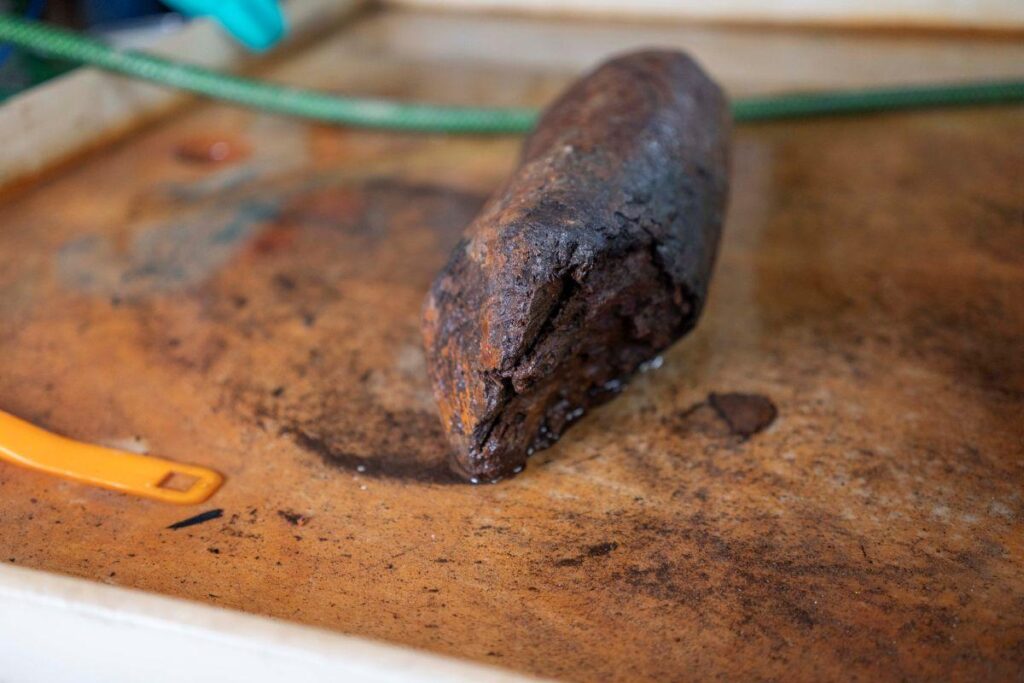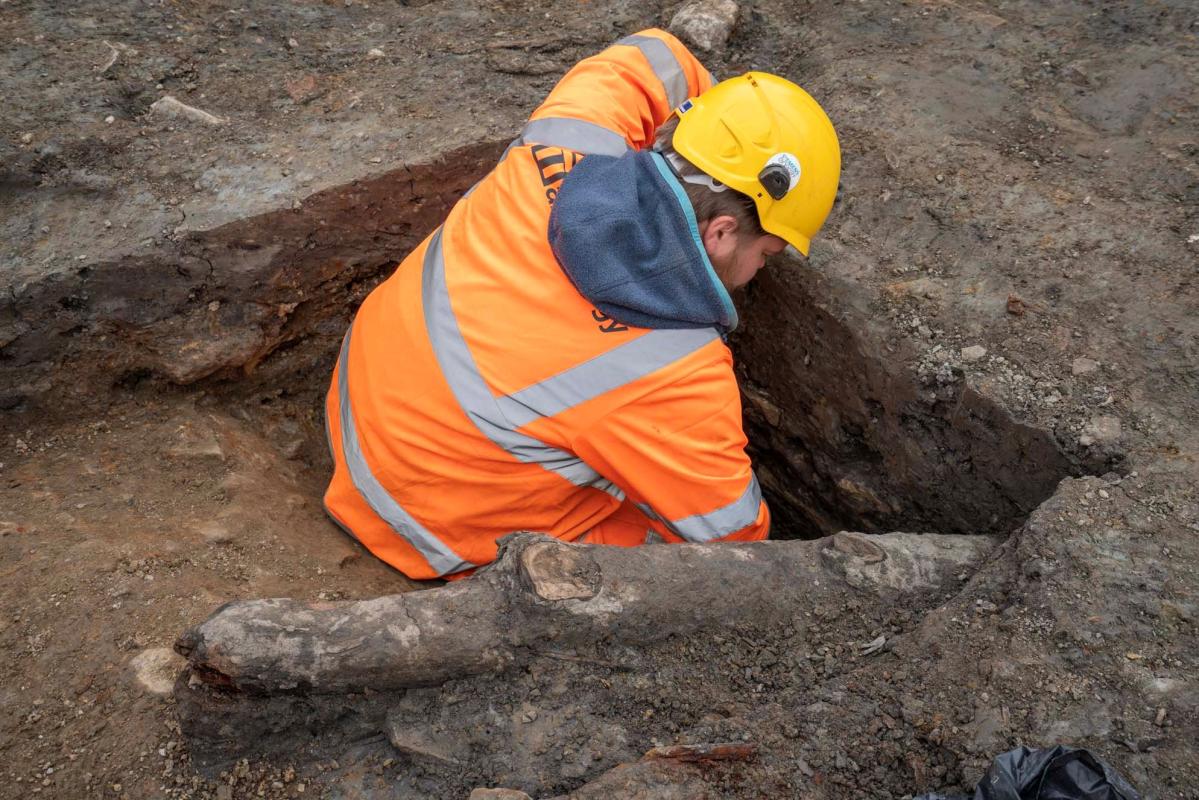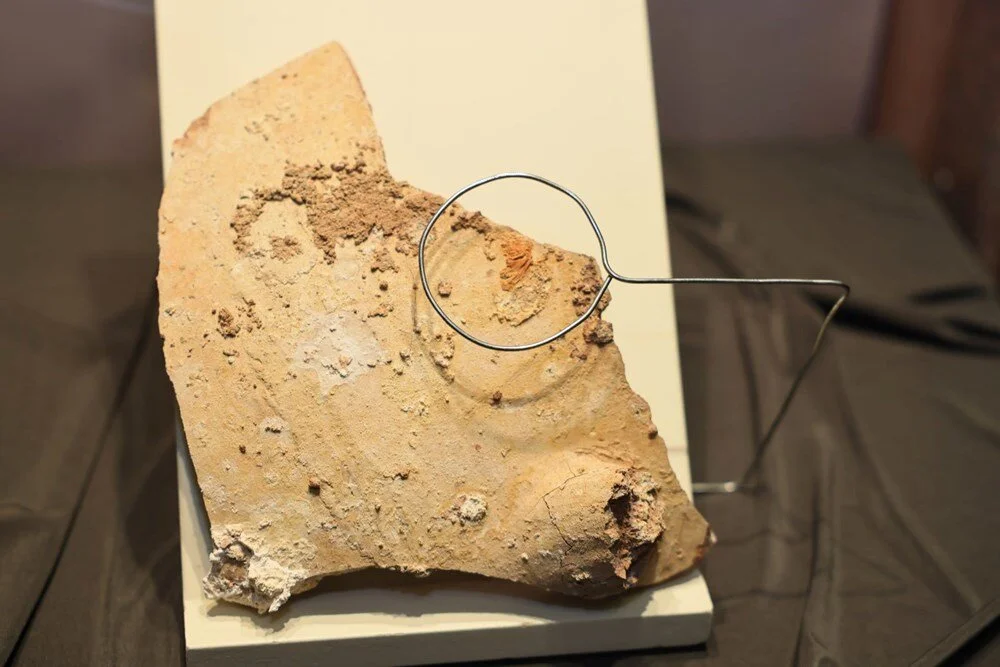Ongoing archaeological excavations at Sheffield Castle have unearthed extremely rare and significant findings from the English Civil War. Archaeologists have discovered the first known surviving examples of 17th-century defense stakes known as “abatis.” These stakes were used to fortify the castle against enemy attacks and shed light on the defensive strategies of the Civil War period.
What is an Abatis and Why is it Important?
An abatis is a defensive barrier made of sharpened branches used to hinder enemy forces. The stakes found in the Sheffield Castle excavations are made from durable wood types such as ash and elm and are approximately three feet long. The distinct axe marks and bark remnants on the stakes indicate that these defensive structures were built hastily, likely under the imminent threat of an attack.
Historical Significance of the Discovery
Ashley Tuck, the principal archaeologist at Wessex Archaeology, emphasizes the importance of this discovery, noting that while abatis examples are frequently mentioned in historical records, actual archaeological evidence is extremely rare. These stakes were used for defense against Parliamentary forces in 1644 and played a significant role during the castle’s siege. The preservation of the stakes provides unique insights into the defensive tactics and material usage of that era.

Details of the Excavations and Preservation Process
The excavations are being carried out as part of Sheffield City Council’s Castlegate regeneration project. The project aims to uncover the castle’s historical remains and create a public park and cultural space. The stakes found in the excavations were preserved in the castle’s ditches and remained intact for approximately 400 years due to being submerged in water.
Currently under preservation at York Archaeology, the stakes will undergo a special process to ensure their long-term preservation. Once completed, they will be transferred to the Sheffield Museums Trust and displayed to the public.
Castlegate Project and its Contribution to Sheffield’s History
The Castlegate project is of great importance in preserving and promoting Sheffield’s historical heritage. The reopening of the River Sheaf and the uncovering of Sheffield Castle’s remains are bringing a new breath to the city’s history. These discoveries are considered an important step in conveying Sheffield’s rich history and cultural heritage to future generations.
Cover Image Credit: Wessex Archaeology





